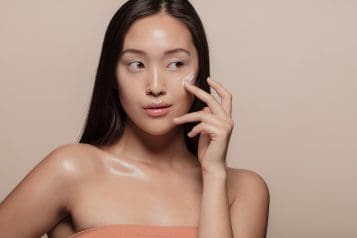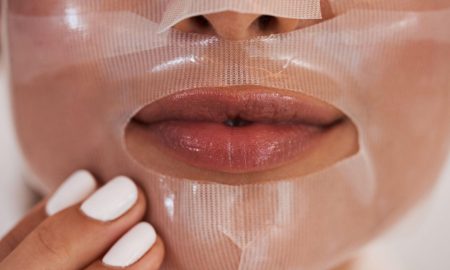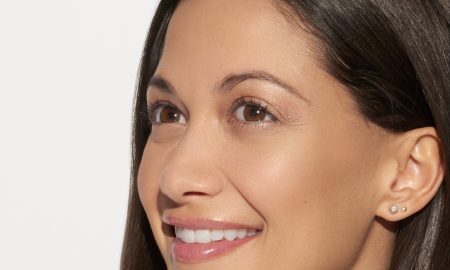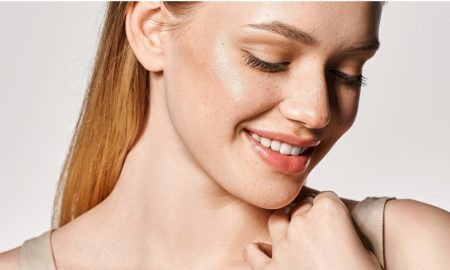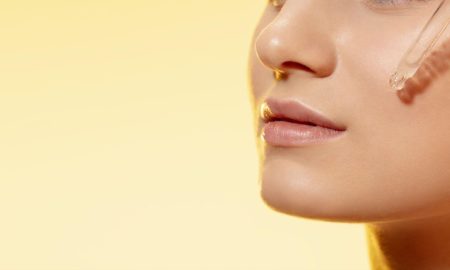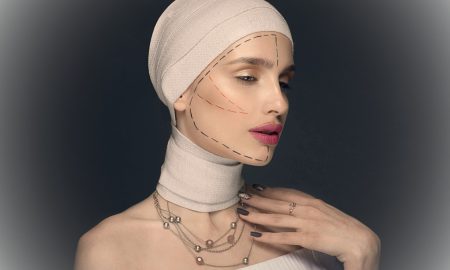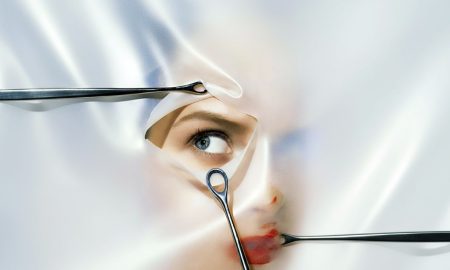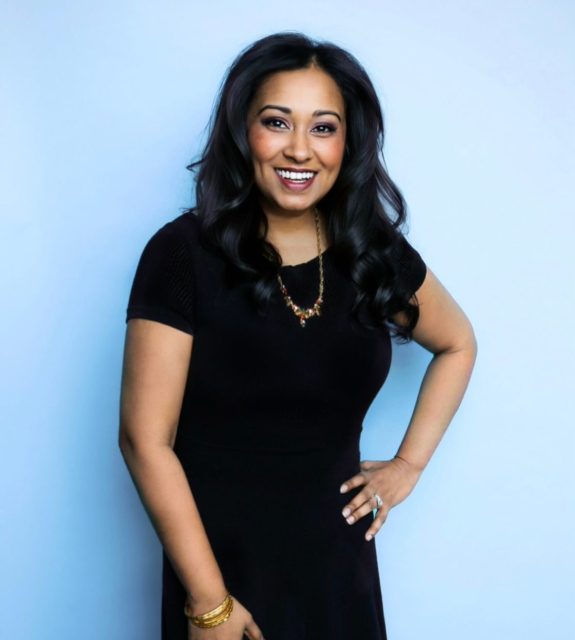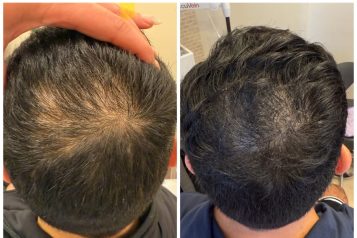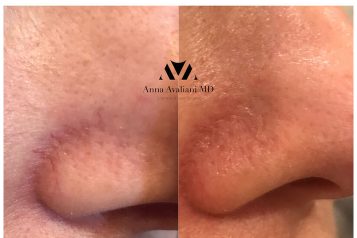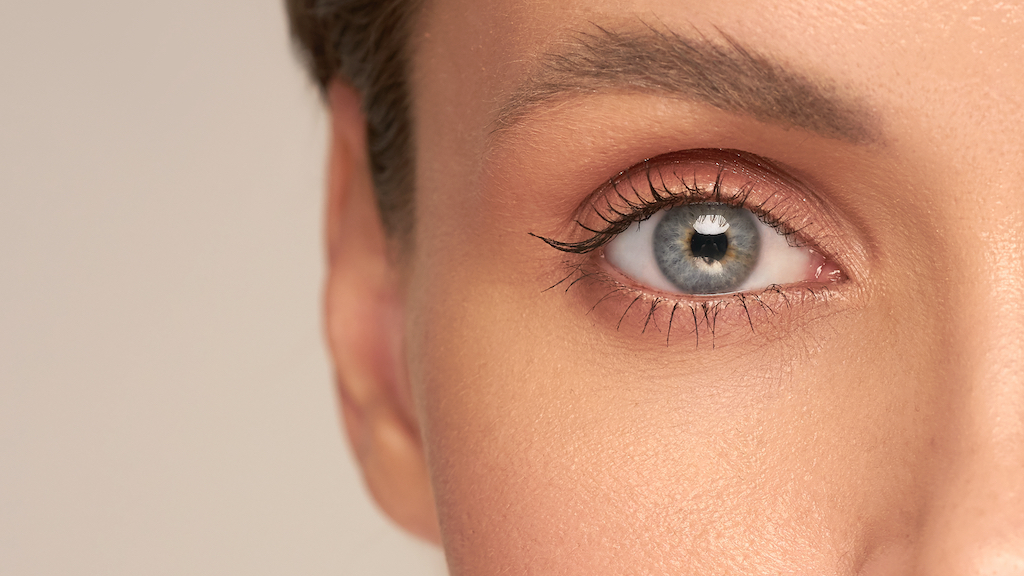 Photo Credit: Courtesy of Artem Zhirnov/ShutterstockHave you ever wondered why everyone's eyes are different shapes? Or perhaps pondered the terminology for this intriguing phenomenon? Canthal tilts hold the key, defining the angle between the external (lateral/outer) and internal (medial) corners (also known as the canthus) of the eye. Here Haute Beauty expert Dr. Samuel Lin and Iulianna C. Taritsa, BA, dive into the intricacies of canthal tilts, shedding light on their significance in facial aesthetics.
Photo Credit: Courtesy of Artem Zhirnov/ShutterstockHave you ever wondered why everyone's eyes are different shapes? Or perhaps pondered the terminology for this intriguing phenomenon? Canthal tilts hold the key, defining the angle between the external (lateral/outer) and internal (medial) corners (also known as the canthus) of the eye. Here Haute Beauty expert Dr. Samuel Lin and Iulianna C. Taritsa, BA, dive into the intricacies of canthal tilts, shedding light on their significance in facial aesthetics.
Three Distinct Canthal Tilt Angles
There are three commonly described angles of canthal tilt: horizontal, lateral, and negative.
- Horizontal canthal tilt is one where the inner and outer corners are located along the same line and there is no angle between them.
- Lateral canthal tilt the media/inner canthus is located slightly above the outer/external corner of the eye. This creates a positive angle and thus is also called a positive tilt.
- Negative canthal tilt is where the inner corner of the eye is positioned lower than the outer corner of the eye.
All angles are considered natural and may depend on familial and racial background. Social media may emphasize the importance of the positive canthal tilt in females, as it may confer the appearance of a larger or more open eye shape (Bashour et al). While certain beauty trends may praise positive canthal tilts as creating a younger or more aesthetic look, it should be noted that canthal tilt is only one of many aspects of facial aesthetics and trends surrounding the canthal tilt may change over time (Aksam et al).
Surgical Interventions
As of the summer of 2023, interest and questions surrounding canthal tilts have increased. While it may only represent a trend, plastic surgery offices may receive more requests for procedures to change their canthal tilt angle, specifically changing the tilt from negative to positive, or lateral.
- Cosmetic lateral canthoplasty can lengthen the lateral canthal angle and also raise the outer corners of the eyes. The result is a wider eye and potentially smoother features (Shin et al).
- Epicanthoplasty is another surgical procedure that enlarges the eye horizontally and is performed at the inner corner of the eye to change the canthal tilt (Chae et al). Demand for both the cosmetic lateral canthoplasty and the epicanthoplasty may increase as canthal tilt interest grows.
References
Akşam E, Karatan B. Periorbital Aesthetic Surgery: A Simple Algorithm for the Optimal Youthful Appearance. Plast Reconstr Surg Glob Open. 2019 May 16;7(5):e2217. doi: 10.1097/GOX.0000000000002217. PMID: 31333949; PMCID: PMC6571330.
Bashour M, Geist C. Is medial canthal tilt a powerful cue for facial attractiveness? Ophthalmic Plast Reconstr Surg. 2007 Jan-Feb;23(1):52-6. doi: 10.1097/IOP.0b013e31802dd7dc. PMID: 17237692.¸xZs
Chae SW, Yun BM. Cosmetic Lateral Canthoplasty: Lateral Canthoplasty to Lengthen the Lateral Canthal Angle and Correct the Outer Tail of the Eye. Arch Plast Surg. 2016 Jul;43(4):321-7. doi: 10.5999/aps.2016.43.4.321. Epub 2016 Jul 20. PMID: 27462564; PMCID: PMC4959974.
Shin YH, Hwang K. Cosmetic lateral canthoplasty. Aesthetic Plast Surg. 2004;28:317–320.
For more information, visit Dr. Samuel Lin's social media:








